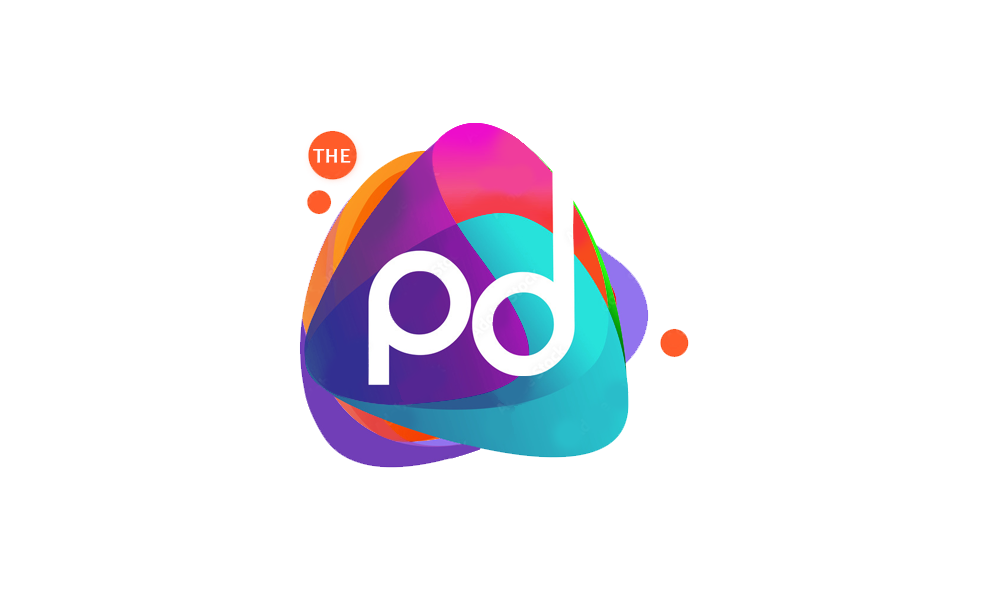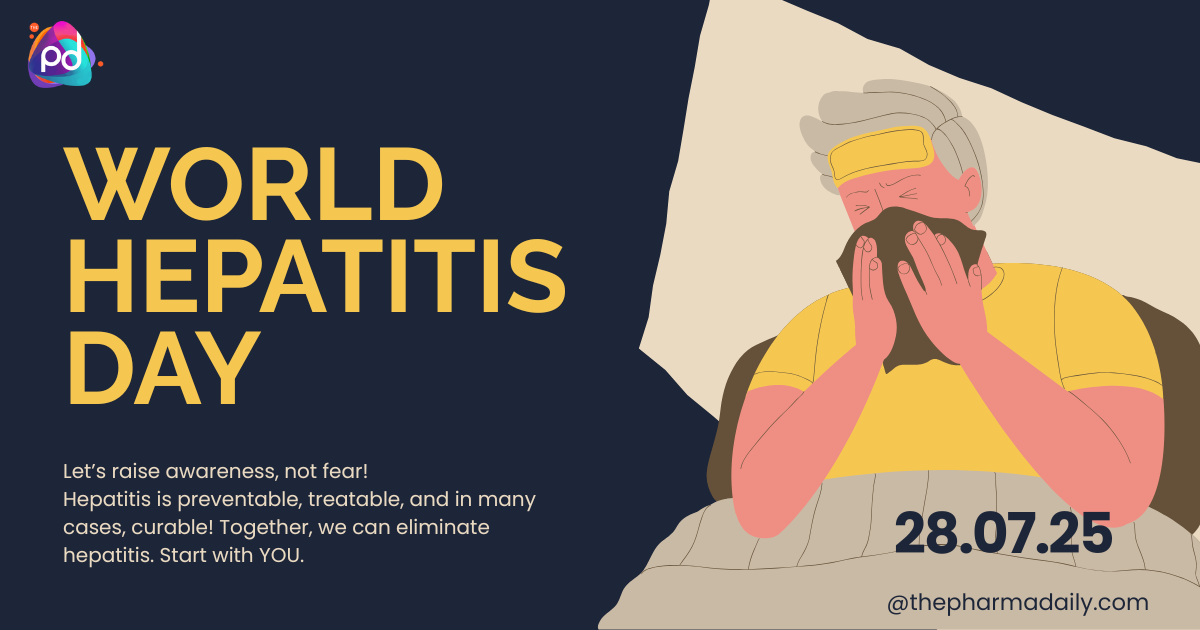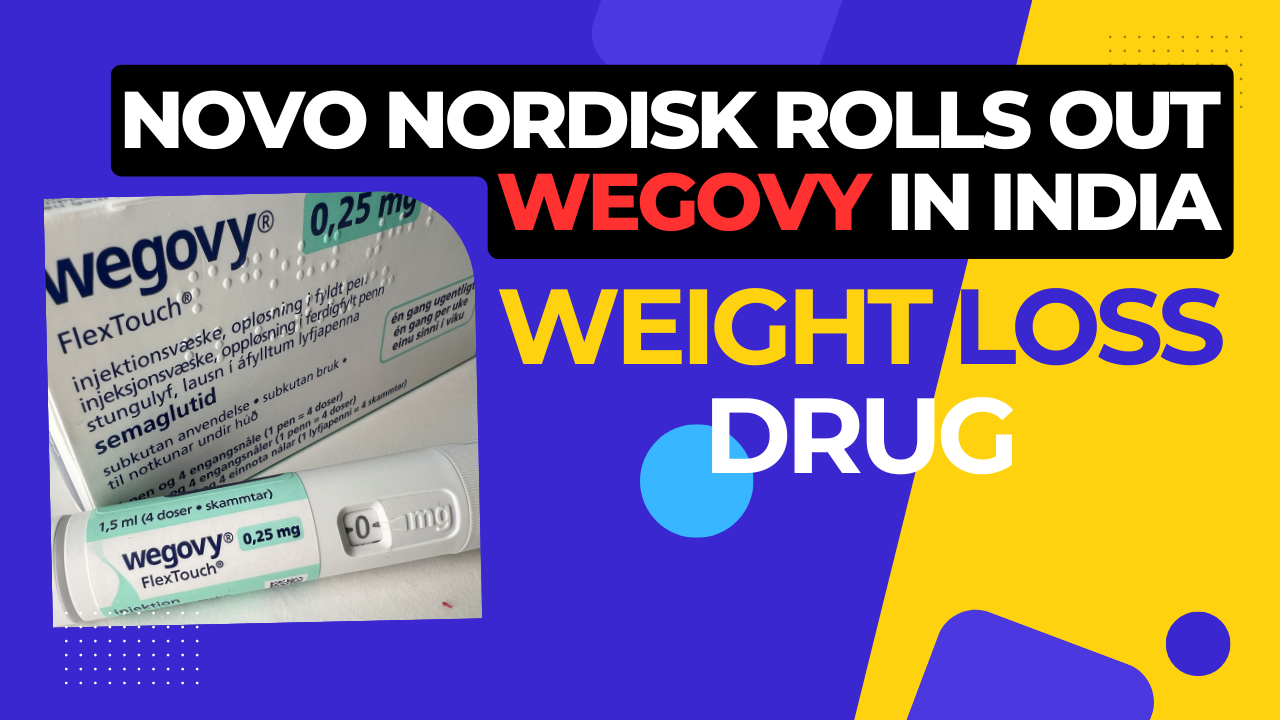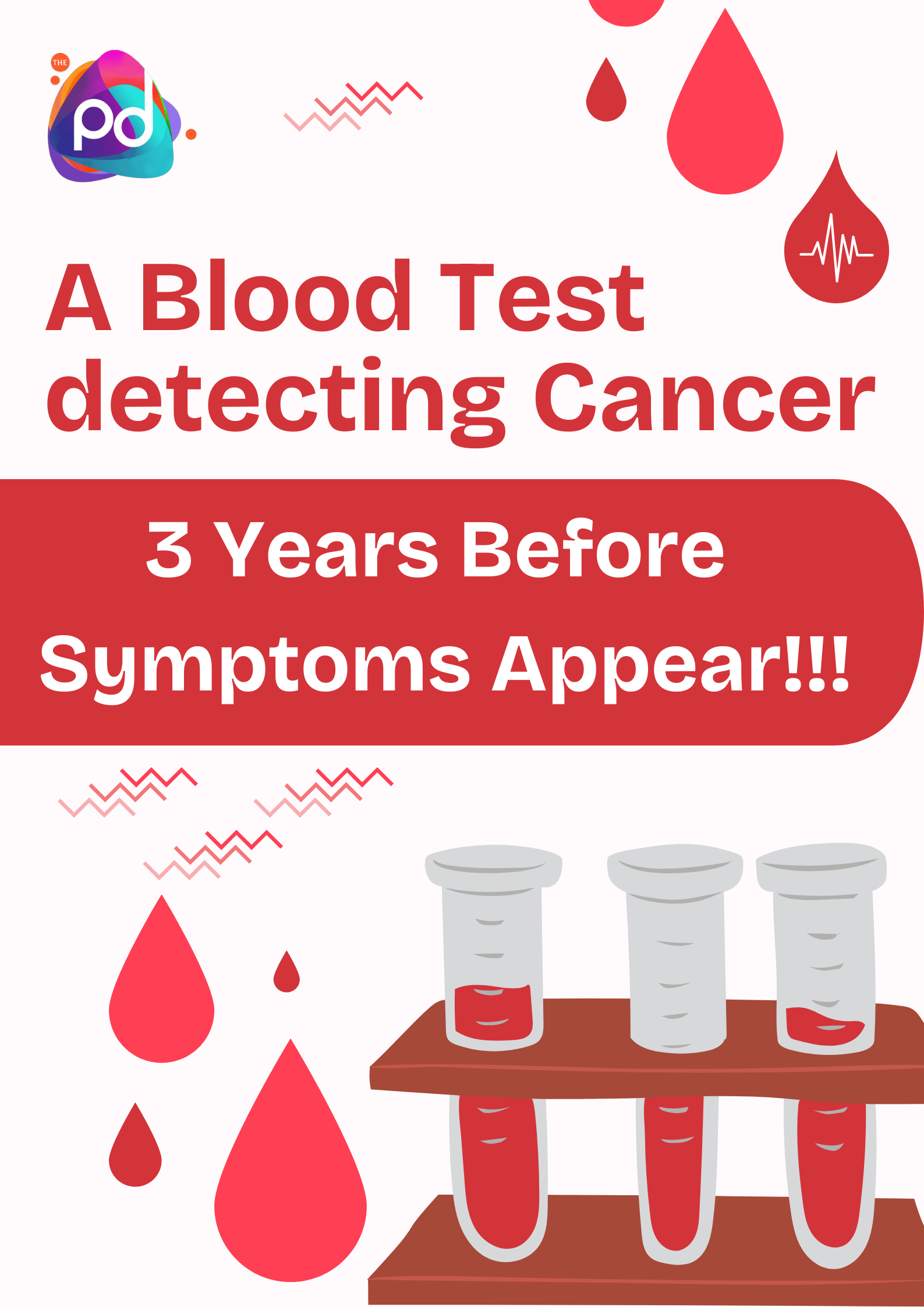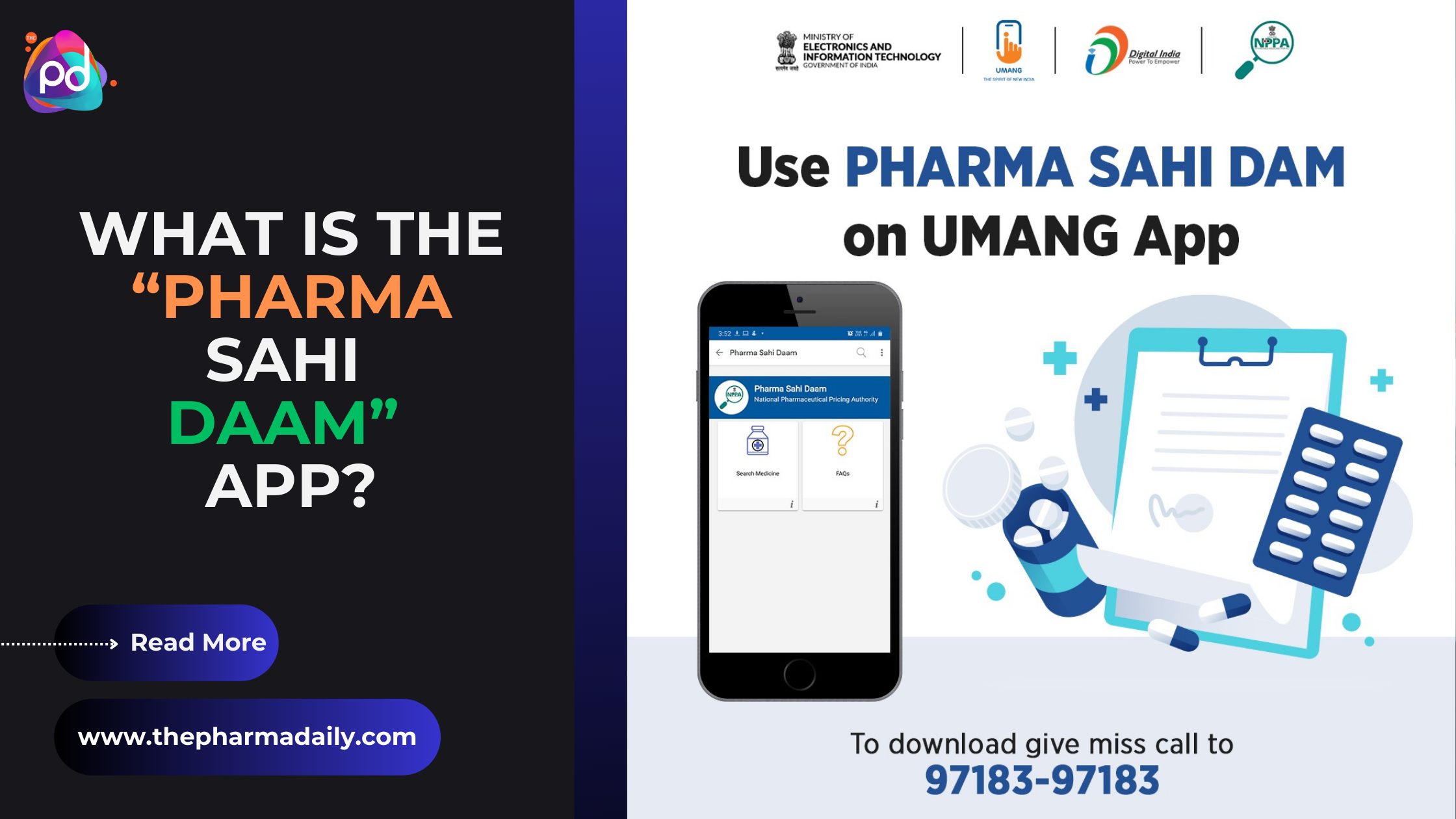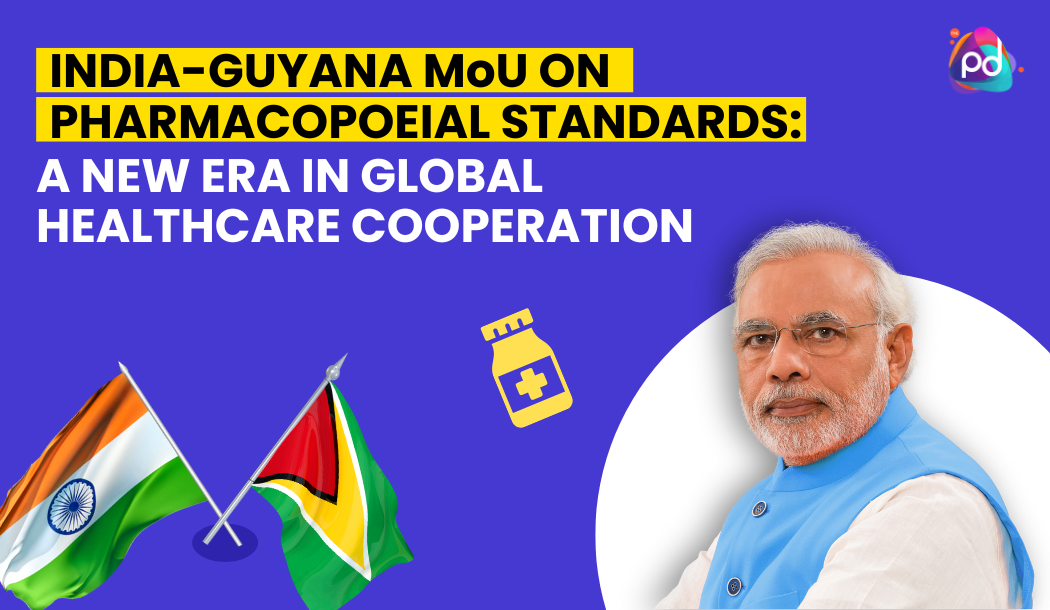World Hepatitis Day 2025 – Let’s Break It Down
Introduction:
In the ever-evolving landscape of pharmaceuticals, ensuring the safety and efficacy of drugs is paramount. One crucial aspect that plays a pivotal role in this regard is "Pharmacovigilance." This blog aims to unravel the depths of Pharmacovigilance, shedding light on its significance, processes, and the crucial role it plays in safeguarding public health.
What is Pharmacovigilance?
Pharmacovigilance, often abbreviated as PV, is the science and activities related to the detection, assessment, understanding, and prevention of adverse effects or any other drug-related problems. The primary goal is to enhance patient safety by identifying and minimizing the risks associated with pharmaceutical products, both during and after their introduction to the market.
The Significance of Pharmacovigilance:
-
Early Detection of Adverse Events: Pharmacovigilance serves as a proactive mechanism for identifying and assessing adverse events associated with drugs. Through systematic monitoring, healthcare professionals can detect potential issues at an early stage, preventing widespread harm.
-
Ensuring Drug Efficacy and Safety: By continuously evaluating the safety profile of drugs, Pharmacovigilance contributes to maintaining and enhancing their efficacy. This ongoing assessment aids in refining treatment strategies and ensuring optimal patient outcomes.
-
Regulatory Compliance: Regulatory agencies worldwide mandate pharmacovigilance activities to ensure that pharmaceutical companies adhere to stringent safety standards. Compliance not only safeguards public health but also helps maintain the credibility of the pharmaceutical industry.
Key Components of Pharmacovigilance:
-
Adverse Event Reporting: Healthcare professionals, patients, and pharmaceutical companies play a crucial role in reporting adverse events. The collection of these reports forms the foundation for pharmacovigilance activities.
-
Signal Detection: Through advanced data analysis techniques, pharmacovigilance experts identify signals that may indicate potential safety concerns. These signals trigger further investigation and assessment.
-
Risk Assessment and Management: Upon identification of potential risks, thorough assessments are conducted to understand the severity and likelihood of adverse events. Risk management strategies are then implemented to mitigate or minimize these risks.
-
Communication and Information Dissemination: Effective communication is vital in pharmacovigilance. Timely dissemination of safety information ensures that healthcare professionals and the public are well-informed, enabling them to make educated decisions regarding drug usage.
The Role of Technology in Pharmacovigilance:
-
Data Mining and Artificial Intelligence: Advanced technologies, such as data mining and artificial intelligence, have revolutionized pharmacovigilance. These tools enhance the efficiency of signal detection and data analysis, allowing for more accurate and timely assessments.
-
Digital Platforms for Reporting: The advent of digital platforms has streamlined the process of adverse event reporting. Online reporting systems facilitate quick and easy submission of information, encouraging greater participation from healthcare professionals and the public.
Challenges and Future Trends:
-
Global Collaboration: In an interconnected world, global collaboration is becoming increasingly important in pharmacovigilance. Collaborative efforts among regulatory agencies, pharmaceutical companies, and healthcare professionals are crucial for effective safety monitoring.
-
Patient-Centric Pharmacovigilance: The involvement of patients in reporting and monitoring adverse events is gaining traction. Patient-centric approaches empower individuals to actively participate in ensuring the safety of the medications they use.
Conclusion:
Pharmacovigilance stands as a sentinel, guarding the health of individuals worldwide. Through rigorous monitoring, assessment, and collaborative efforts, the pharmaceutical industry can continue to innovate while prioritizing the safety and well-being of patients. As we navigate the dynamic landscape of healthcare, pharmacovigilance remains an indispensable tool in our collective commitment to advancing medicine responsibly and sustainably.

